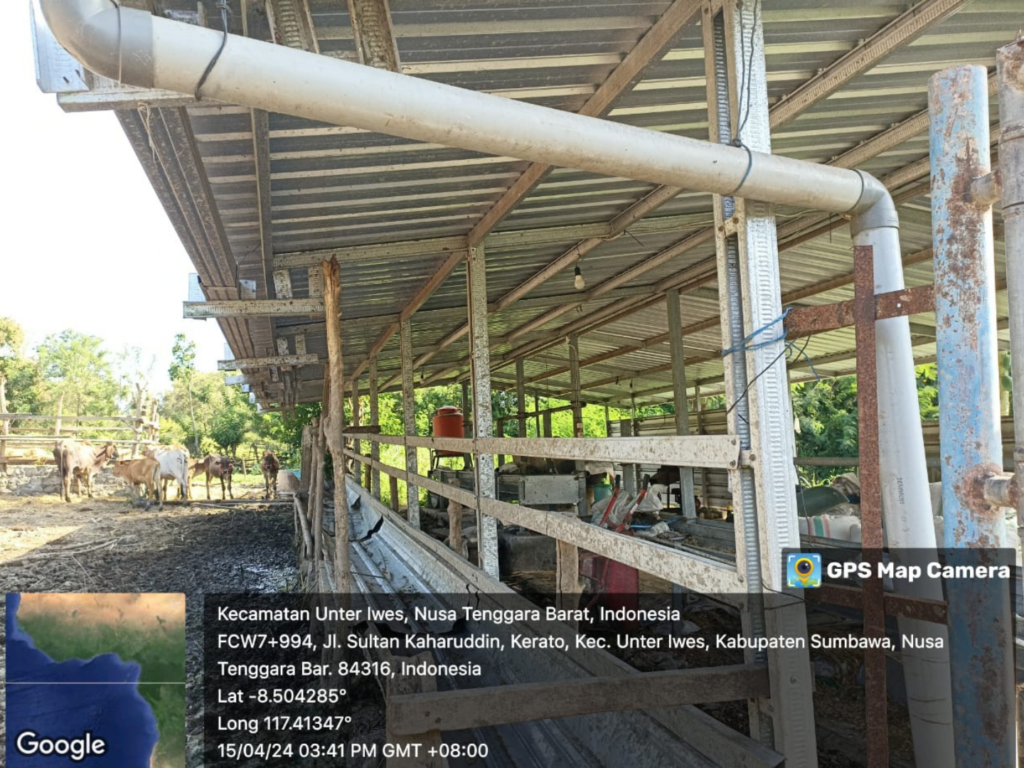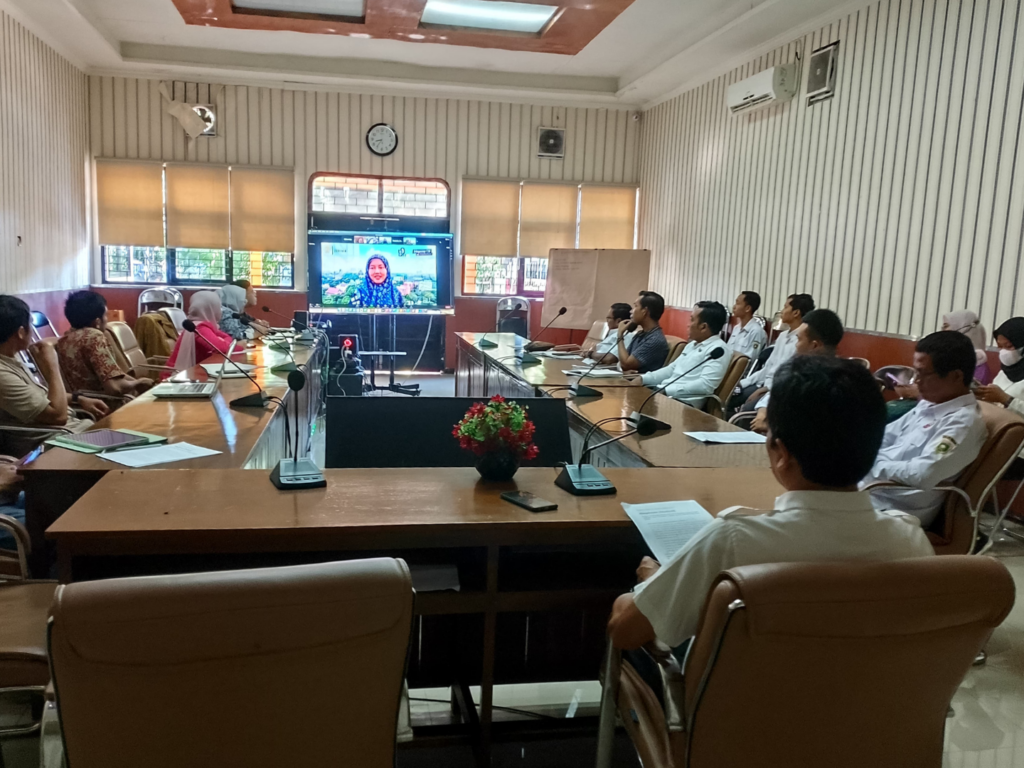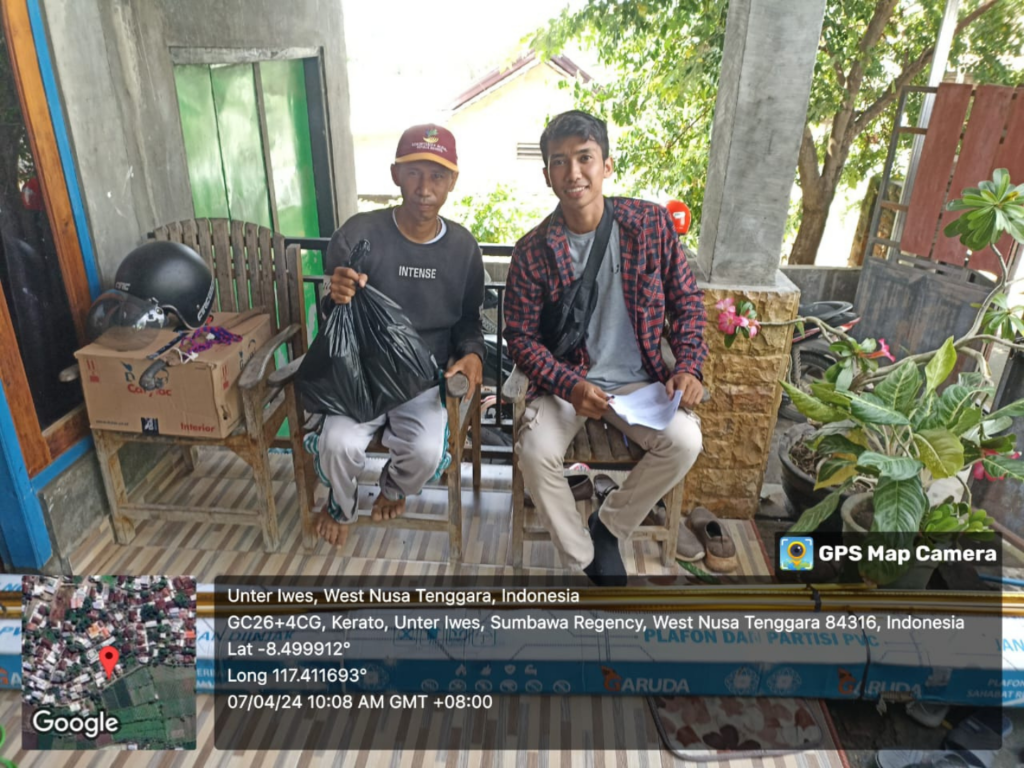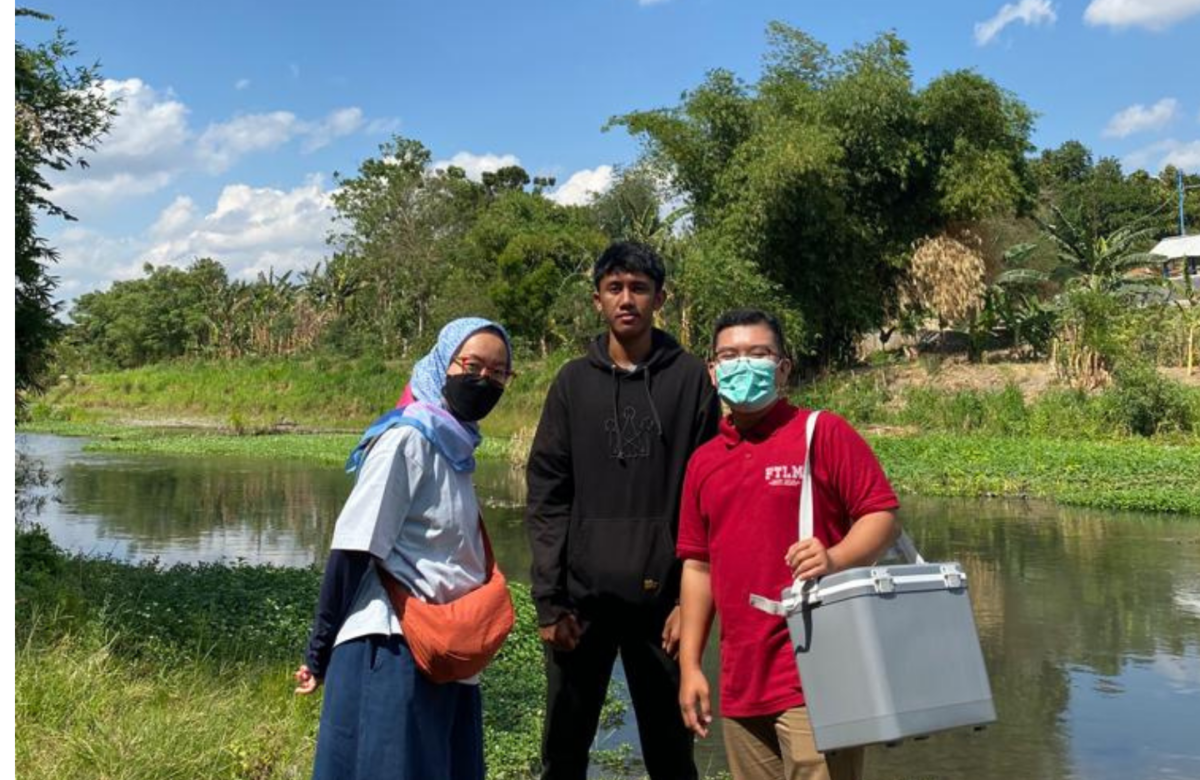Surviving the 2020-2022 pandemic is a testament to the medical world making increasingly promising advancements. Various vaccines and medicines were developed that could be mass-produced. However, this also led to a counter-effect—the emergence of antibiotic-resistant bacteria, also known as antibiotic-resistant bacteria (ARB).
Research on AMR (Antimicrobial Resistance) has begun in Indonesia. Previously, studies focused on the existence of these bacteria, but there is now increasing attention on how they impact social and cultural behavior. The Environmental Engineering researchers from the University of Indonesia (UI), together with the Faculty of Medicine and researchers from Sumbawa University of Technology (UTS), are conducting a study titled “Implementation of One Health in the Ruminant Livestock Sector: Integration of Water, Sanitation, and Hygiene (WASH) and Biosecurity for Preventing Antimicrobial Resistance Bacterial Infections in Farming Communities.” This study is being conducted along the Brang Biji River in Sumbawa, which is vital to the local communities, as it is used for daily activities like bathing, washing, and sanitation. The research ran through from August to December 2023.

One of the researchers on this study is Yudith Vega Paramitadevi, also known as Vega, doctoral candidate in the Civil Engineering program at the University of Indonesia. Vega shared more information about bacterial resistance to antibiotics.
What is your role in this research?
I serve as the project manager and researcher in this study. I research the presence of ESBL E. coli in the Brang Biji River in Sumbawa, using molecular biology methods, complemented by a socio-cultural approach.
What is antimicrobial resistance (AMR) in bacteria, and why is it important to study?
AMR is a condition where microorganisms that affect human health become resistant to antimicrobial drugs. This is a key indicator of the effectiveness of our medicines against emerging diseases.
Antimicrobial resistance not only affects human health but also animal health, the food chain, and agriculture—sectors that sustain human life. Additionally, it can affect the health of other organisms and the environment in general.
What is being done in the research?
A 2022 study by Murray et al. on antimicrobial resistance (AMR) provides a comprehensive analysis, estimating that AMR caused 1.27 million deaths in 2019, surpassing the number of deaths caused by HIV/AIDS or malaria. This figure is projected to increase to 10 million deaths annually by 2050 if no action is taken. The study emphasizes the urgency for the healthcare world to address AMR, underscoring the importance of developing new treatments, enhancing infection control measures, and using antibiotics more judiciously.
According to the National Action Plan on AMR (RAN-AMR) 2019-2024, an initial step is monitoring AMR in various sectors, including environmental sectors like surface water, using E. coli bacteria. E. coli is used as an indicator because the presence of this fecal bacteria signals contamination of an area. This bacterium can be found in various environmental matrices such as soil, water, and inanimate objects. ARB is being used because a strain of E. coli resistant to beta-lactam antibiotics, namely ESBL E. coli, has already been identified. Beta-lactam antibiotics are a class widely used in both humans and livestock.
Although there is no final conclusion yet and much remains to be studied, what interesting findings have emerged during your research?
ESBL E. coli has been found at several points along the downstream of the river in Indonesia, particularly in areas dominated by livestock activities. This has been confirmed through field observations by the research team. The main question now is whether these bacteria come from animal feces or human feces.
So far, there has been a community-based sanitation program by the local government of Sumbawa, supported by Plan International, aimed at raising awareness among people living along the river about healthy sanitation habits. The social analysis by the research team has looked into the acceptance of past sanitation programs and the characteristics of the community based on gender. Both men and women play crucial roles in household sanitation, with men often being the decision-makers. Besides being involved in the physical construction of sanitation facilities, men hold significant social influence in their communities. By supporting and promoting good sanitation practices, they can help change social norms and behaviors related to sanitation.

The Samawa people are open to sanitation awareness programs, thanks to their local wisdom principle of Saleng-sakiki, which includes the concept of mutual empathy, love for others, and compassion for those who are suffering or in difficulty. These values encourage the community to help and support each other in maintaining environmental cleanliness.
In the broader picture, what is the impact of this research and its influence on antimicrobial resistance in Indonesia?
The findings of this study could support the strengthen the process of creating policies and regulations related to waste and sanitation management in livestock and the environment, surveillance of antimicrobial use in the livestock sector, and the promotion of a One Health approach to reduce AMR in Indonesia. The long-term impact would be improved public health and a reduction in the economic burden caused by infections that are difficult to treat.


